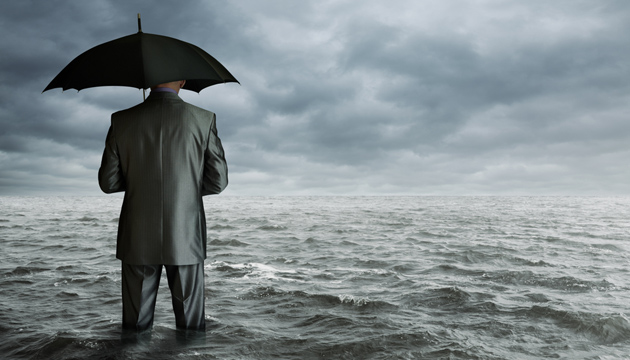Small Businesses Face Sandy


Will you do us the honor and join our team of authors?
To write for the SohoBlog, contact us at [email protected]
(Shakespearean prose not required.)

Hurricane Sandy left an estimated 8 million households and small businesses without power and caused what is likely to be 50 billion dollars’ worth of damage. In the downtown Manhattan financial district, companies were flooded and remained without power or mobile service for days after the hurricane subsided. Along the Seaside Heights, N.J., boardwalk, seasonal businesses, storefronts, and bars have been washed away, surrounded only by piles of shattered wood. I will dedicate this post to talking about the effect of this storm on small businesses and the economy.
As I said, millions of businesses were damaged if not completely destroyed by the storm. Recovering will not be easy, but it is possible. Statistics about post-disaster business recovery suggest that 60% of businesses that are destroyed manage to recover. Small businesses that have commercial property, business interruption, or flood insurance should document the damage caused to their business by the storm and contact their insurance agent or company as soon as possible. The US Small Business Administration also offers disaster loans that can be applied for online. As far as unemployment goes, businesses located in a declared disaster area qualify for unemployment insurance provided to them by the Federal Emergency Management Agency.
On the other side of things, some small businesses thrive during and after disaster. Reports suggest that construction companies, electricians, and plumbers are in high demand in the Tri-State area. Emergency kits are also in high demand during and after a natural disaster. Inc. Magazine interviewed entrepreneurs who are active in the emergency industry. They described their marketing strategy during and post disaster as “walking a tightrope between profiteering and intelligent marketing.” Sandy created an opportunity for some businesses, and they should seize it, but they have to be smart, sensitive, and helpful in their marketing efforts to create long-lasting relationships with customers who suffered the storm.
A broader view on the effect of Sandy focuses on the economy. First, political experts claim that Sandy rewrote the election. NJ Governor Chris Christie’s compliments to Obama’s functioning during the storm and the backing by NYC Mayor Michael Bloomberg might have turned the election for Obama. That means four more years with his economic and taxation policies.
Second, regular economic activity was disrupted due to the storm. NYC’s financial district was shut down for two whole days leaving investors confused. Retailers’ sales data remains unclear; while demand for consumer goods and food sky rocketed, thousands of retailers are today disabled due to the storm. High demand for gasoline may have a long-term effect on commodities markets, as traders weigh interrupted supplies against big shifts in demand. Insurance companies are also likely to be affected by the storm once claims start flowing in. All in all, economists estimate that Sandy could cost the US economy one-half percentage point of growth.
Just as small businesses drive the economy in normal days, even after a natural disaster, they are the most powerful growth engine the economy has. Recovery will be difficult for those affected, but the odds in their favor. In these challenging times, small businesses can use the power of the SohoOS community to help each other rebuild and become stronger.
|
|
|